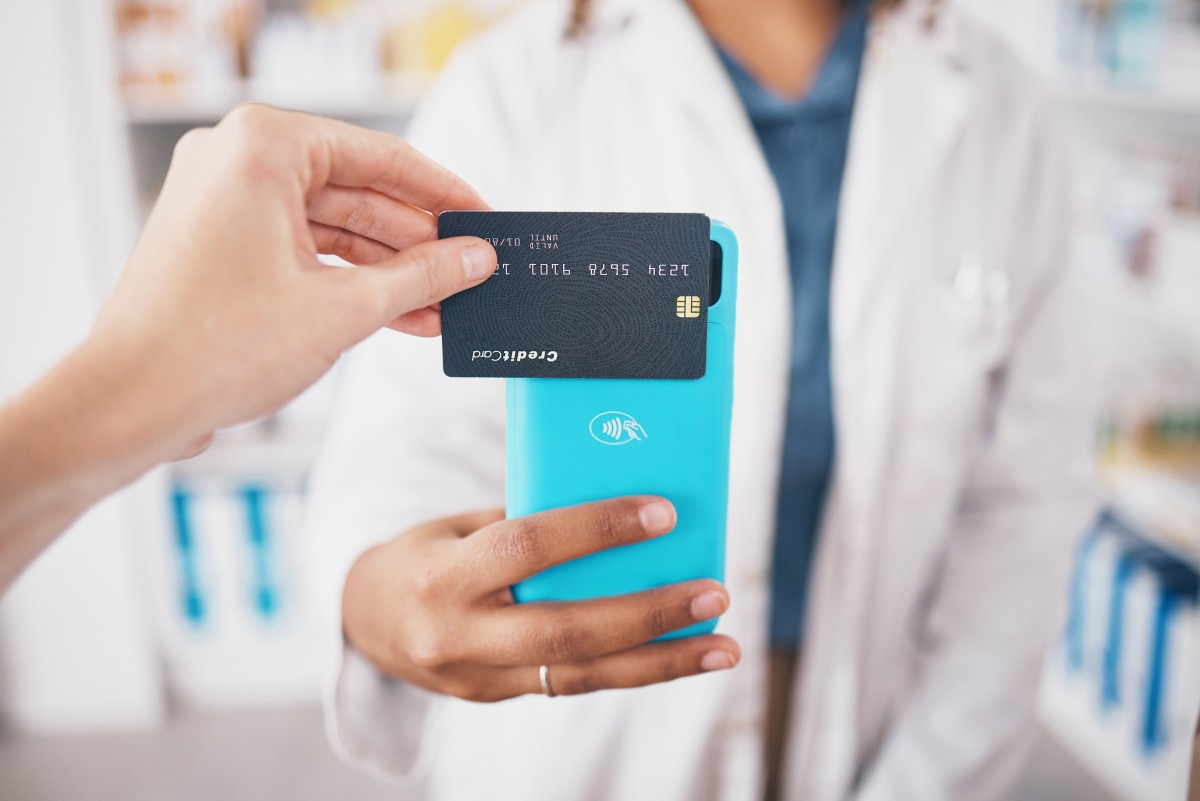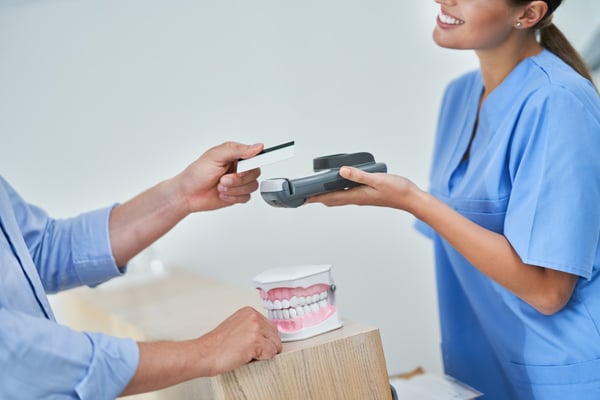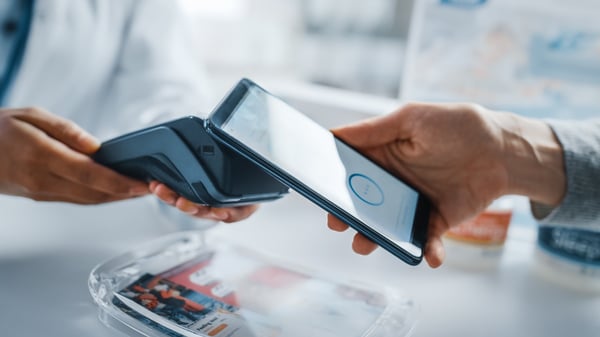Using Patient Education Videos to Support Preventive Care Strategies
As a healthcare provider, you know prevention saves lives. From routine screenings and lifestyle counseling to vaccinations and early detection,...
 “That’s how we’ve always done it” is called the most dangerous phrase in business for a reason. For many businesses, even healthcare practices, relying upon outdated methods stands between them and growth. In some cases, new methodologies may have a learning curve, but when it comes to healthcare they can bring in new patients, streamline efficiencies and workflows, and improve the overall patient experience.
“That’s how we’ve always done it” is called the most dangerous phrase in business for a reason. For many businesses, even healthcare practices, relying upon outdated methods stands between them and growth. In some cases, new methodologies may have a learning curve, but when it comes to healthcare they can bring in new patients, streamline efficiencies and workflows, and improve the overall patient experience.
When it comes to healthcare payments, the benefits extend beyond patient experience and boast powerful rewards for your staff and practice as well. Over the last few years, much has changed, but the current trends tell us a lot about how healthcare payments are changing and how you can get in on the growth.
Quick Links
Obviously, for providers, the payment process is vital for revenue cycle management. As many providers will tell you, prompt and accurate payments mean the ability to maintain essential services, investing in technology, and recruiting skilled staff, ultimately ensuring high-quality patient care.
More specifically, healthcare practices rely on payments, from both patients and insurance companies, in order to cover overhead costs and invest in technology, staff, and services. Those investments can’t be made if payments sit in AR or are delayed due to claim denials or other errors.
For patients, streamlined and simplified payments can help provide clear billing procedures and transparent pricing. In turn, this empowers patients to make informed decisions about their healthcare and healthcare budgeting. Further, it reduces confusion and frustration while allowing patients to pay on the go and at their convenience.
Efficient payment systems, meaning those that simplify the process, allowing patients to pay via online portals and mobile apps, contribute to improving patient satisfaction by also minimizing billing errors and delays. The added bonus here, of course, is that fewer errors and delays also benefit healthcare practices.
In short, the healthcare payments process is the financial backbone of any healthcare practice, driving operational efficiency, ensuring access to care, and nurturing trust between patient and practice. Exploring and investing in the ways technology can improve payment solutions, helps healthcare practices navigate the complexities of the payment landscape while delivering what patients and practices need.
 Top Benefits of Improving the Healthcare Payments Process
Top Benefits of Improving the Healthcare Payments ProcessClearly, improving the healthcare payments process is crucial for both healthcare providers and patients alike. In addition to improving revenue cycle management for your practice, there are considerable other benefits of streamlining and enhancing the healthcare payments process.
There are, as established, significant benefits to improving the payments process for both patient and practice. The last note is among the most important. Learning to leverage available technology, stay abreast of payment trends, and introduce them to improve efficiency is key. The added benefit there, of course, is that it can help your practice stay flexible and scalable.
 Top 5 Healthcare Payment Trends for 2024
Top 5 Healthcare Payment Trends for 2024Technology continues to advance and software and solution creators continue to identify the gaps and inefficiencies in healthcare workflows that enable healthcare practices to improve operations. One area growing by leaps and bounds is healthcare payments.
In 2024, driven largely by technological advancements, regulatory changes, and shifting consumer expectations, the payments process is changing for the better. Here are some of the top trends shaping the healthcare payments industry:
1. Digital Payment Solutions: The world has become digitized. We're witnessing a surge in the adoption of digital payment solutions such as mobile wallets, contactless payments, and blockchain-based transactions. We Venmo, CashApp, Apple and Google Pay for just about everything these days. As the world becomes increasingly digitized, healthcare payments need to follow suit. These technologies offer convenience, security, and transparency, streamlining the payment process for both patients and providers.
2. Focus on Patient Experience: Healthcare providers are placing greater emphasis on enhancing the patient experience for patients, especially when it comes to healthcare costs. Avoiding things like sticker shock and working on communicating costs effectively is just the first step. Offering flexible payment options and financial assistance programs go a long way here. By prioritizing patient satisfaction and financial well-being, providers can improve patient loyalty and drive positive outcomes.
Similarly, those aforementioned digital payment solutions simplify the payments process, using familiar digital payment solutions. Not only does this make paying easier for patients, but they already know, trust, and use these payment providers.
3. Integration of AI and Automation: Artificial intelligence (AI) and automation are revolutionizing healthcare payments by automating routine tasks, detecting fraud, and optimizing revenue cycle management. Machine learning algorithms can analyze vast amounts of data to identify patterns and predict payment behavior, enabling providers to make data-driven decisions and improve efficiency.
4. Expansion of Value-based Care Models: Value-based care models, which prioritize patient outcomes over the volume of services provided, continue to gain momentum. These models encourage and incentivize the delivery of high-quality, cost-effective care. In turn, this shifts traditional payment models to allow alternative payment arrangements such as bundled payments and accountable care organizations (ACOs).
Tools and software that integrate payment arrangements, including flexible payments are, for that reason, increasingly in demand.
5. Emphasis on Data Security and Compliance: With the increasing digitization of healthcare payments comes a heightened focus on data security and compliance. Healthcare practices and organizations are hot targets for cyber attacks. In response, providers are investing in robust cybersecurity measures to protect sensitive patient information from cyber threats and ensure compliance with regulations including HIPAA, PCI-DSS, and GDPR.
Overall, the healthcare payments landscape is characterized by patient-centric technology solutions designed to improve administrative efficiencies. The bonus here is that those same efficiencies also benefit your practice by creating stable, predictable revenue cycle management, reducing payment delays, and freeing up your staff to interact with patients, deliver exceptional care, and improve the overall patient experience.
If you’re looking for a healthcare billing platform that taps into these trends, check out iCorePay, from iCoreConnect. Our solutions are designed with healthcare providers in mind and help you improve healthcare workflow efficiency while also improving the patient experience.
If you’re ready to simplify and streamline payments, allow patients to use the payment providers they know and trust, decrease payment delays, and improve your RCM, book a demo today

As a healthcare provider, you know prevention saves lives. From routine screenings and lifestyle counseling to vaccinations and early detection,...

There’s no denying that the AI boom is here. The American Medical Association reports that 66% of physicians are currently using artificial...

If only managing your practice’s revenue cycle came with a crystal ball. You could spot claim denials before they happen, predict when patients might...

Healthcare payments are changing, not just for patients but for practices as well. With the rise of high-deductible health plans (HDHPs)...

In 2003, more bills were paid via check than any other payment method. By 2012, that number plummeted, eclipsed by payment cards and ACH. This was...

For many healthcare providers, staying current on professional practices is essential, but for many, payment trend watching probably wasn’t on top of...